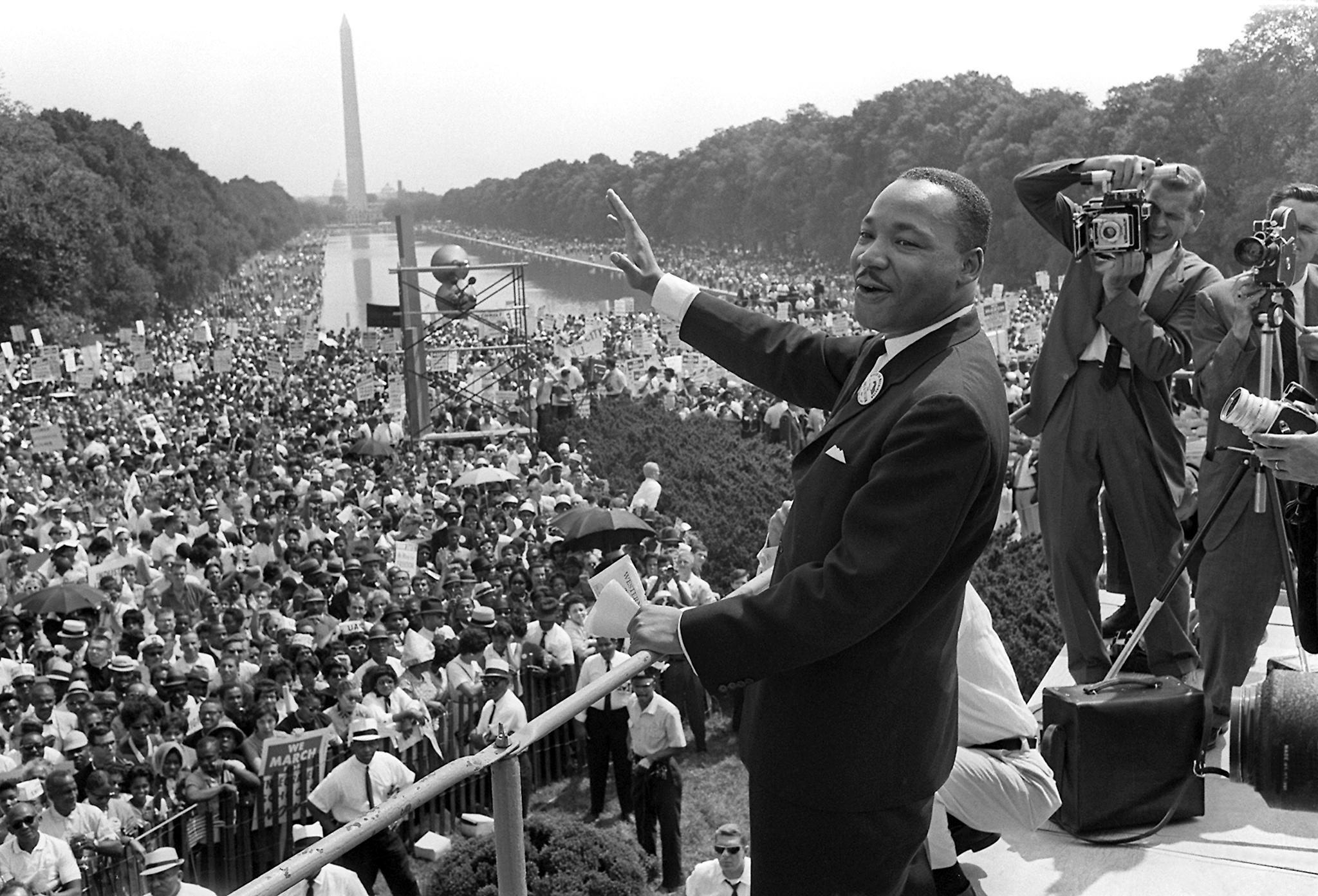Following on from my April blog showing the print of the 40 data matrix codes which represent the whole of MLK's speech I thought that it may be interesting to try to create a non-digital installation piece that, as with the original speech, could be placed in a public environment.
I used black and white mosaic tiles which I arranged in the sequence of a code. I am pleased to say that like the digital image the code can still be read with the mobile phone application and takes you directly to this blog.
I considered public places where I could display my installation piece which were relevant to its content and where people would possibly interact with it. I spent time travelling around different sites in London and below are photograps of the places I visited and members of the public interacting with my work.
 |
| Students at the LCC Interacting with the work |
 |
| The Offices of the British Institute of Human Rights London |
 |
Amnesty Internationl - The Home of Human Rights - London
|
 |
| Reflection of my data matrix tile in the Amnesty International welcome poster |
 |
Inside the Offices of Amnesty International
|
 |
| Floor plaque at Amnesty International |
 |
| Speakers Corner at Hyde Park London |
 |
Speakers Corner at Hyde Park London |






















































